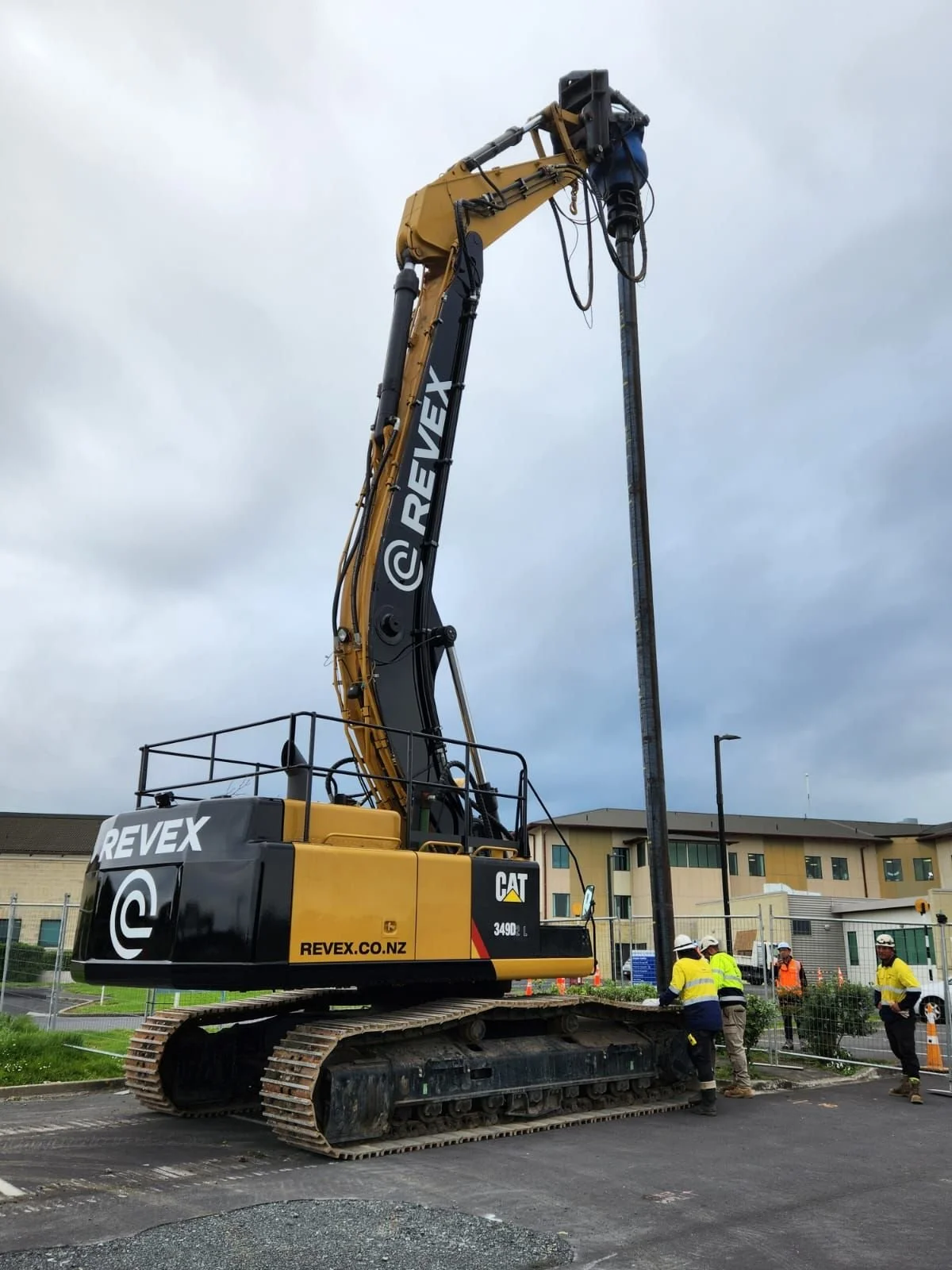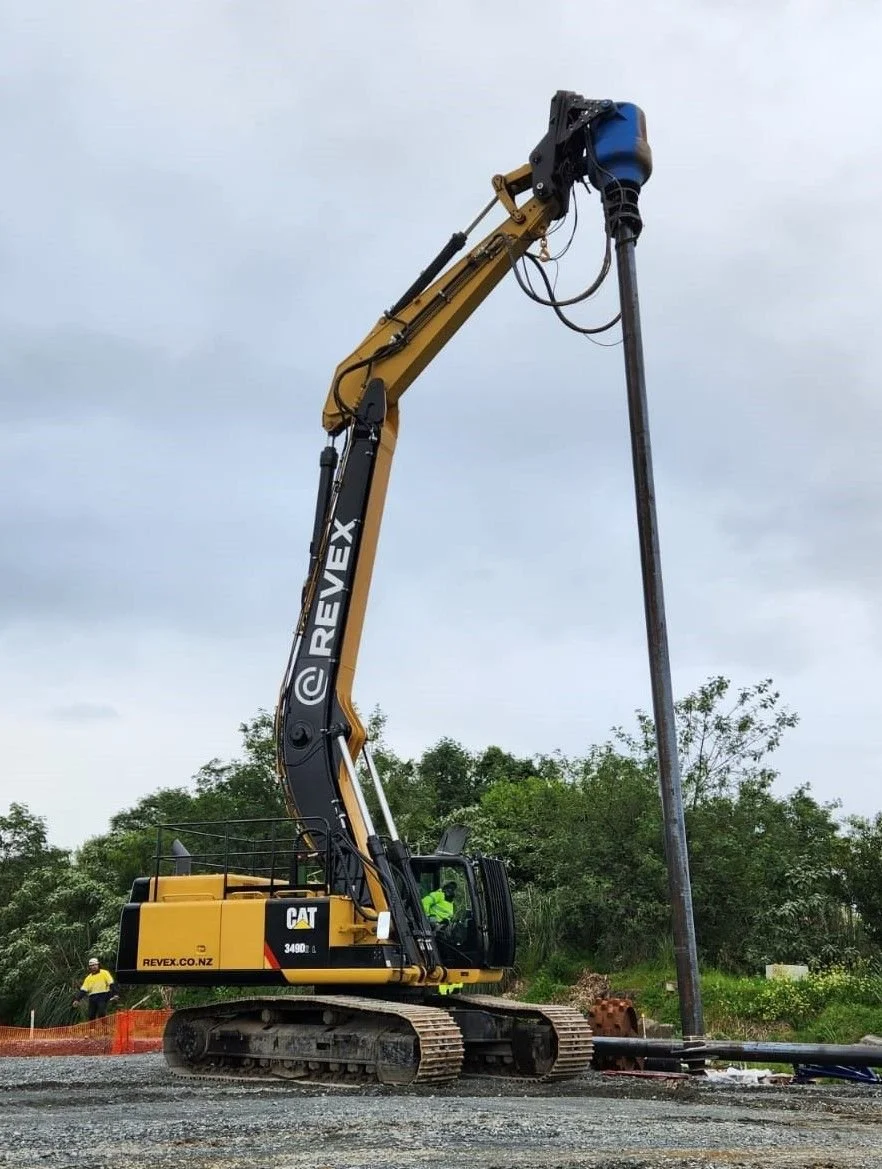PROBING? WHAT IS PROBING?
Foundations are never clear cut - that's why some call it a "dark-art". Is it a bored pile? Driven piles? Or #screwpiles?
Sometimes (even with all of our experience, and detailed geotech reports, and the biggest plant with the most powerful of powerheads!) we say to our clients that "We're not sure this is a screw pile project, and we would recommend doing a probe pile".
WHAT IS A PROBE PILE?
We term a "probe pile" as where you screw the #screwpile in, and then screw the pile back out.
WHY PROBE? (TECHNICALLY)
The key to a screw pile performing is to ensure the helix fully embeds in the "rock" or founding layer. If this rock is really hard, then the helix may not penetrate. And if it doesn't penetrate, then it's likely you won't achieve the loads the structural engineer wants. We probe to ensure we can penetrate, rather than spinning on top of the hard layer.
Generally we identify soils with abrupt interfaces (where you go from really really soft - to suddenly - really really hard!) or with boulders/cobbles.
WHY PROBE? (COMMERCIALLY)
You wouldn't want to make 100+ piles, and then turn up and find they couldn't achieve the loads you wanted. All of that steel (pipe and helices), all of that manufacturing - and then all of that time to have to figure out how to change (after spending that money upfront)... all the while delaying the project!
So essentially you spend a small amount of money upfront, to try and give clarity on the risks, and ensure the site team can do the job properly - THE FIRST TIME!
Recognising risk early and managing it!
REVEX PILING
#helicalpiles #piling #geotechnicalengineering


